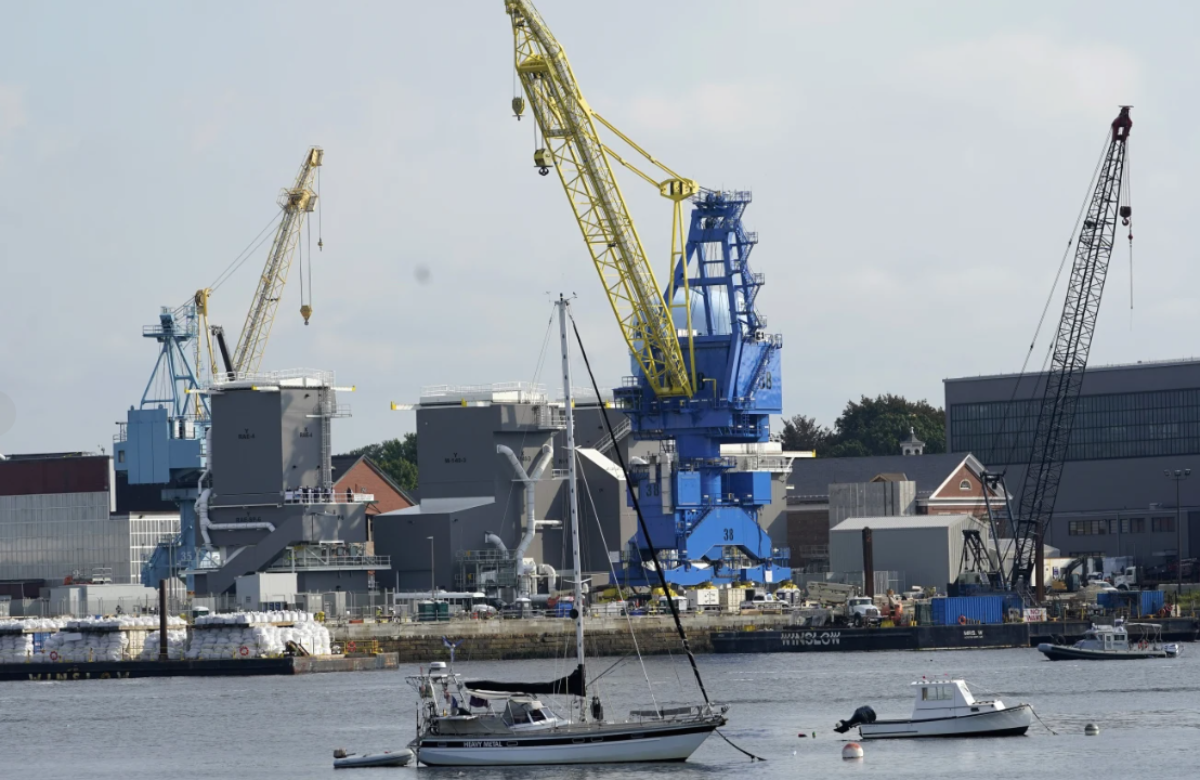A spacecraft carrying three astronauts successfully docked with China’s space station on Thursday, marking another milestone in the country’s growing ambitions for future space exploration, including crewed missions to the moon and Mars. The Shenzhou 20 spacecraft launched as scheduled, lifting off atop the Long March 2F rocket at 5:17 p.m. local time (0917 GMT). After approximately 6.5 hours, it arrived at the Tiangong space station, according to the China Manned Space Agency.
The rocket took off from the launch center in Jiuquan, located on the edge of the Gobi Desert in northwestern China. The crew will remain aboard the station before returning with the current astronauts already on the space station.
China’s Tiangong space station, also known as the “Heavenly Palace,” is entirely Chinese-built, making China a major player in space exploration. This is particularly significant as China was excluded from participating in the International Space Station due to U.S. national security concerns. The Chinese space program is under the control of the People’s Liberation Army, the military wing of the ruling Communist Party.
The addition of mechanical arms to the station’s three modules has raised concerns about their potential military use, such as disabling satellites or other space vehicles during a crisis.
Since launching its first human into space in 2003, China has steadily advanced its space capabilities. The country has successfully landed a rover on Mars, as well as on the far side of the moon, which had not been explored before. China’s space agency plans to send humans to the moon before 2030.
The Shenzhou 20 mission, which is commanded by Chen Dong—who is flying for the third time—also includes fighter pilot Chen Zhongrui and engineer Wang Jie, both of whom are making their first spaceflight. The mission’s crew is entirely male, unlike some previous missions that had female astronauts. The new crew will replace the three astronauts currently aboard the Chinese space station. Like their predecessors, they will stay in space for approximately six months.
The current crew, who arrived in October of the previous year, have been aboard the station for 175 days and are set to return on April 29, overlapping briefly with their replacements. The Tiangong space station, fully assembled in October 2022, has the capacity to accommodate up to six astronauts at a time.
During their time in space, the astronauts will conduct experiments related to medical science and new technologies, as well as perform spacewalks to carry out maintenance and install new equipment, as announced by the China Manned Space Agency.













